A Mind Lost
Anything and everything.
Vorke V6 Mini-PC
(2019/06/24 – This post has been sitting as a draft for almost exactly a year, as I’ve been really busy with work and life – and a slight obsession with building a retro-PC that occupied my time and money – so it’s a little out of date and rough around the edges. I plan to polish it as time permits, but I’m publishing it as is to get it out of my drafts).
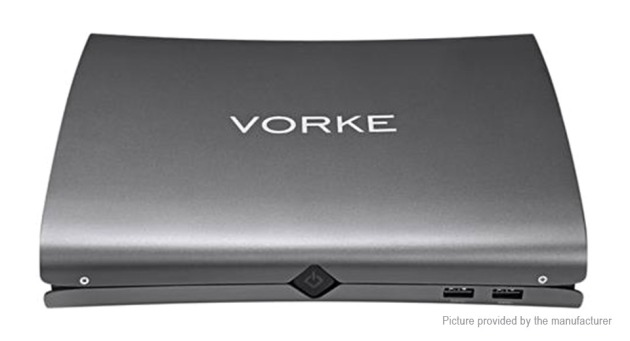
After being modestly impressed with the performance of the ACEPC AK1, relative to its size and power use, I started looking for something with a little more oomph in a similar form factor. The mini-PC market has grown considerably in the last few years, and looks like it will continue to do so for the foreseeable future, so there’s plenty of options to choose from.
Unfortunately, one area where the market hasn’t really improved is price, at least not with regards to models featuring more powerful hardware. A mid-range ZBOX with an i5-7500T runs about $500 to $600 CAD. Models with a dedicated GPU start around $900 (GTX1050), $1600 (GTX1070), and top out at around $2000 (GTX1080, with an i7-7700HQ). These are all barebones, so no storage, and no RAM.
On the Intel NUC side prices are pretty much the same. The seventh gen i3 NUC is around $350, the i5 is $470, and the i7 around $600. The only model with decent graphics is the new Hades Canyon NUC8 with its Radeon RX Vega GPU coming in at around $1200. Again, you have to bring your own storage and RAM.
Given that these products were outside of what I was willing to spend (for what you get), I opted to look again to the stuff coming out of China (okay, yes, technically most of it comes out of China in one way or another). One of my favourite sites for early looks at, and reviews of, all things computer is CNXSoft, a site I check pretty much daily.
One of their recent reviews covered the Vorke V5 Plus, but I wasn’t really interested in another Celeron CPU system. Instead I found the Vorke V6 (on GeekBuying.com) which, on paper (or screen I guess), seems to be a fairly powerful mini-PC sporting hardware from about three years ago. This unit also sells under the name Partaker M1, where it comes in several colours, with different LED colours, and includes a version with a 6th gen. i5 instead of an i7.
So, I purchased the barebones model from GeekBuying in early 2018. At the time, they had a coupon bringing the price down from $606 USD to $419 USD. A short time later, they had it on for $399.99. Now, just over a year later, they have a 9% discounted price, at $549.99 USD ($748.15 CAD, plus another $80 to ship it from China). At its current price (and full price), I really wouldn’t recommend buying one, but at the $400 US price point, it’s a good deal.
When I purchased mine, there were options that include an SSD and RAM, and other less useful options (one with a keyboard, one with a gamepad), but these no longer appear to be available. All told it cost me just shy of $630 CAD, plus $23 to DHL Express, and another $180 CAD for some DDR4 notebook RAM. In retrospect, it’s a bit more than I wanted to spend on what will effectively be just another toy to mess around with, but boys and their toys.
A quick summary of the specs are:
Vorke V6
- Intel Core i7-6700HQ with integrated Intel HD Graphics 530
- 2xDDR4 SO-DIMM slots, up to 32GB
- 2×2280 M.2 slots, one PCIEx4+SATA3, one SATA3-only
- 1xSATA3 2.5inch drive
- nVidia GeForce GTX 960M with 4GB VRAM
- 1xHDMI 1.4, 1xDP 1.2
- Intel 3165 Wireless 802.11a/b/g/n/ac with Bluetooth 4.2
- Realtek 8168 Gigabit ethernet
- 2xUSB3 (rear), 2xUSB2 (rear), 1xUSB Type-C (rear), 2xUSB3 (front)
- Headphone out, microphone in, Optical out
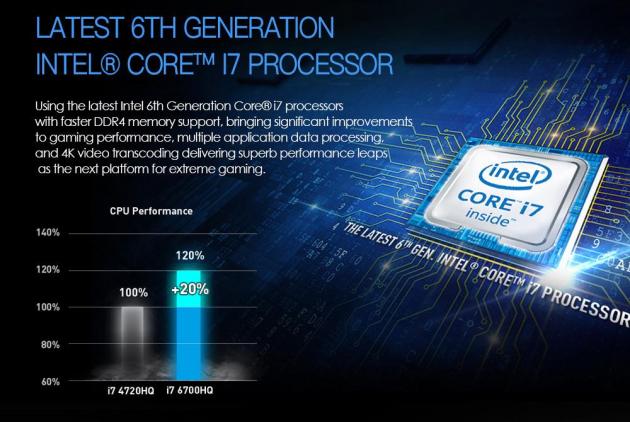
Featuring a 6th Generation (Skylake) Intel i7-6700HQ, a quad-core (with hyperthreading) 45W TDP processor with a base frequency of 2.6GHz and a boost frequency of 3.5GHz, and support for up to 32GB of DDR4, this little machine easily outstrips many of the big name mini-PCs commonly seen in North America. Add in an NVIDIA GTX 960m with 4GB of VRAM and it makes for an even more impressive little system. Despite how some vendors advertise it (“Mini PC Killer Gaming Computer“), I’m not likely to do any hardcore gaming on it, but for older titles or emulation, it’s more than adequate.
Interestingly, CPU-Z shows the CPU in mine as being an Engineering Sample (screenshot to follow, at some point).
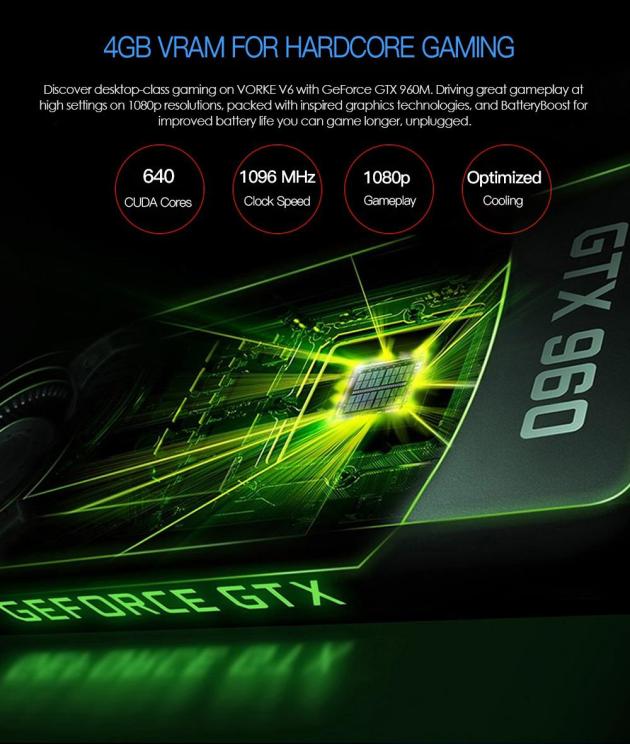
For the extra parts needed to make a complete system, I was fortunate to have a 256GB Samsung 950 Pro that needed a new home, and used a credit at my local computer shop to partially cover the cost of a matched pair of Kingston HyperX Impact 2x8GB 2400MHz DDR4 SO-DIMMs. I was a little concerned that the V6 might be picky about RAM, but Kingston’s stuff has pretty much always just worked for me (32GB in my desktop, 8GB in my son’s desktop, and now this 16GB kit). When I save up a bit of extra cash again I may see about grabbing an NVME drive, but for now the Samsung will do just fine.
One thing I want to point out is that at least one sites states that the V6 supports “a dual-channel DDR4-2133/DDR3L-1600 memory controller“. This is erroneous, the V6 only supports DDR4, at up to 2400MHz.
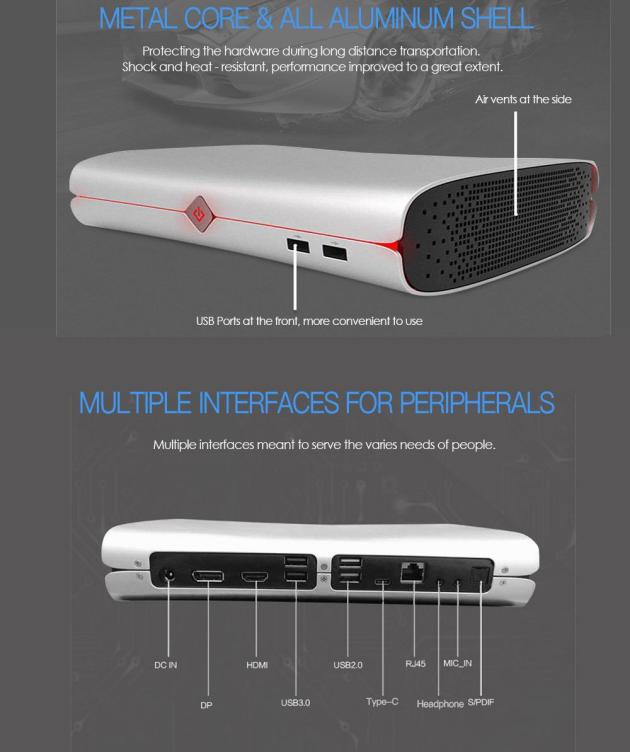
Externally, the V6 has a very console-like appearance. It’s pretty stylish, and I find I quite like the look of it. One thing I’d like to do is see cutting a few holes in the top for some better ventilation.
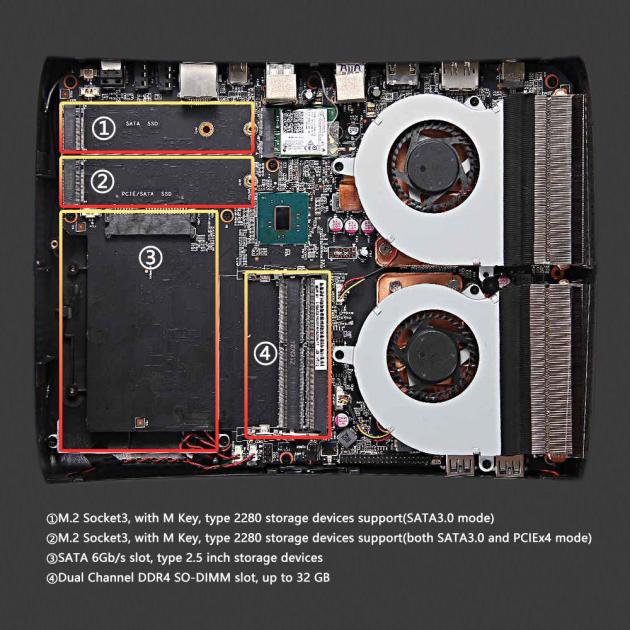
The guts of the V6 are pretty well laid out. The CPU and GPU are to the right, storage to the left, memory in the lower middle and the WiFi adapter at the top middle. The antenna for the WiFi runs around the lower inside of the chassis. Build quality is adequate, with nothing to complain about.
lspci output:
00:00.0 Host bridge: Intel Corporation Sky Lake Host Bridge/DRAM Registers (rev 07) 00:01.0 PCI bridge: Intel Corporation Sky Lake PCIe Controller (x16) (rev 07) 00:02.0 VGA compatible controller: Intel Corporation Skylake Integrated Graphics (rev 06) 00:14.0 USB controller: Intel Corporation Sunrise Point-H USB 3.0 xHCI Controller (rev 31) 00:14.2 Signal processing controller: Intel Corporation Sunrise Point-H Thermal subsystem (rev 31) 00:16.0 Communication controller: Intel Corporation Sunrise Point-H CSME HECI #1 (rev 31) 00:17.0 SATA controller: Intel Corporation Sunrise Point-H SATA Controller [AHCI mode] (rev 31) 00:1c.0 PCI bridge: Intel Corporation Sunrise Point-H PCI Express Root Port #3 (rev f1) 00:1c.6 PCI bridge: Intel Corporation Sunrise Point-H PCI Express Root Port #7 (rev f1) 00:1f.0 ISA bridge: Intel Corporation Sunrise Point-H LPC Controller (rev 31) 00:1f.2 Memory controller: Intel Corporation Sunrise Point-H PMC (rev 31) 00:1f.3 Audio device: Intel Corporation Sunrise Point-H HD Audio (rev 31) 00:1f.4 SMBus: Intel Corporation Sunrise Point-H SMBus (rev 31) 01:00.0 3D controller: NVIDIA Corporation GM107M [GeForce GTX 960M] (rev a2) 02:00.0 Ethernet controller: Realtek Semiconductor Co., Ltd. RTL8111/8168/8411 PCI Express Gigabit Ethernet Controller (rev 07) 03:00.0 Network controller: Intel Corporation Wireless 3165 (rev 81)
…
Other reviews:
ActifTech
AndroidTVBox.eu
MiniMachines.net (Partaker M1, in French)
…
You must be logged in to post a comment.